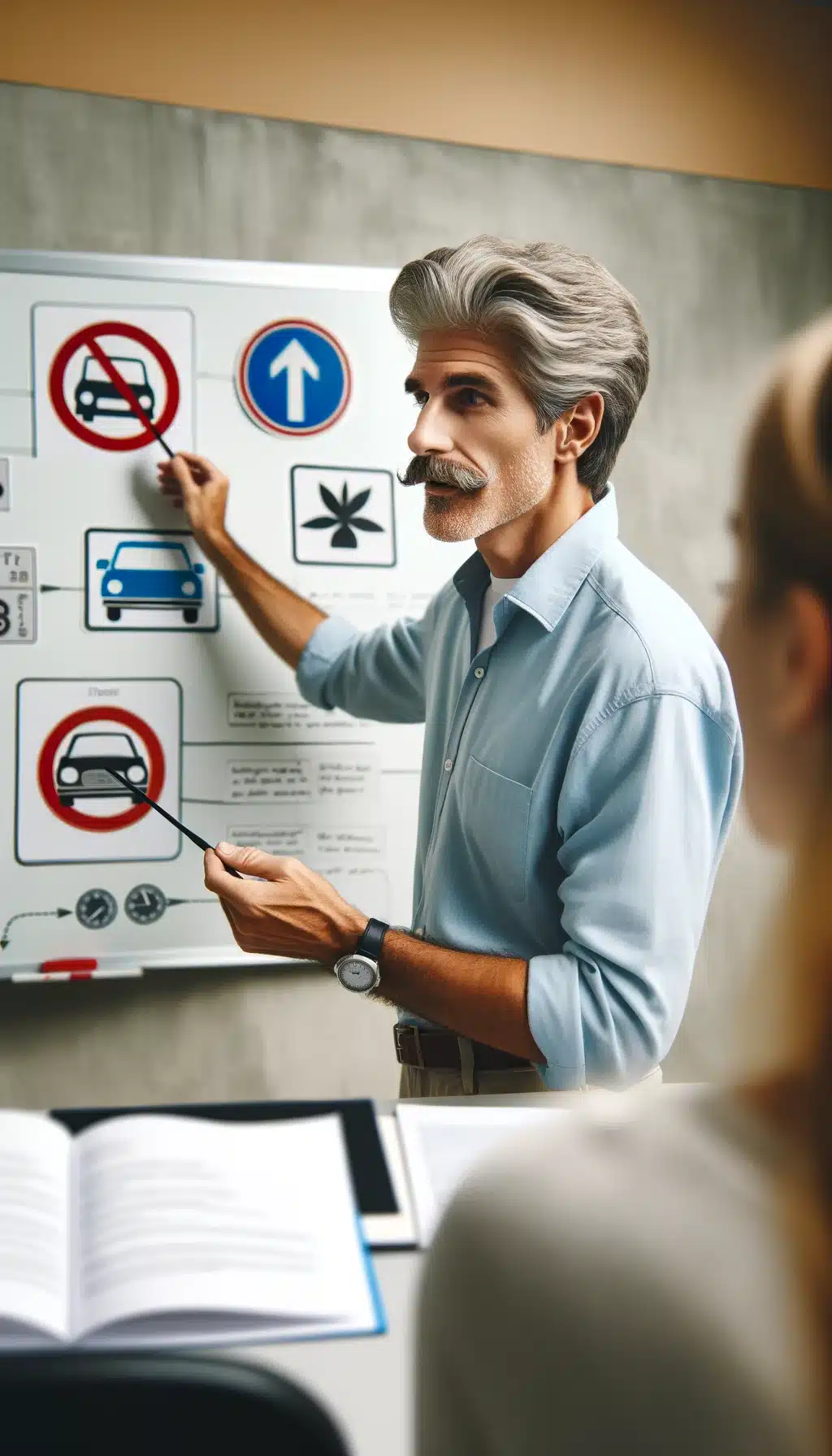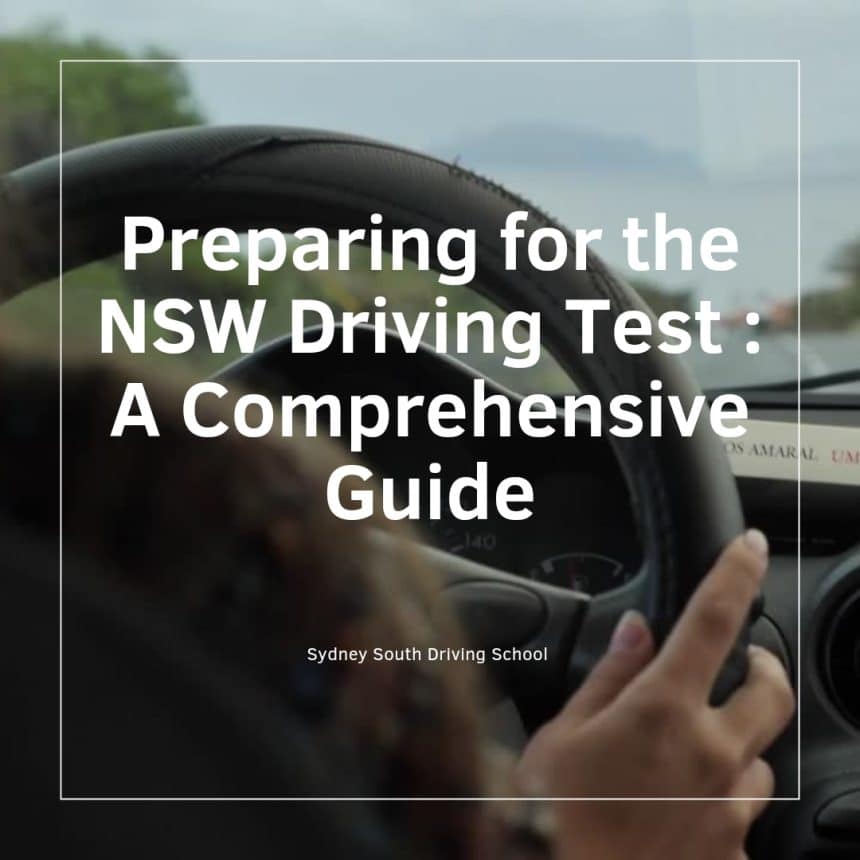Hey there, future NSW drivers! Are you gearing up for the much-anticipated NSW Driving Test? Congratulations on taking this important step towards obtaining your driver’s license. As a professional driving instructor, I’m here to guide you through the process and help you prepare effectively. In this comprehensive guide, we’ll cover everything you need to know to ace your NSW Driving Test and start your journey as a confident and responsible driver.
Understanding the NSW Driving Test
Before we dive into the nitty-gritty details, let’s get familiar with the structure of the NSW Driving Test. It consists of two main stages: the Hazard Perception Test and the Practical Driving Test. The Hazard Perception Test assesses your ability to recognize and respond to potential hazards on the road, while the Practical Driving Test evaluates your overall driving skills. During the test, a friendly testing officer will accompany you to observe your performance and provide feedback.
Familiarizing Yourself with NSW Road Rules
To prepare for the NSW Driving Test, it’s crucial to have a solid understanding of the road rules specific to NSW. Start by studying the Road Users’ Handbook, which covers the essential regulations, signs, and markings. By familiarizing yourself with these rules, you’ll build a solid foundation for safe and legal driving.
Developing Essential Skills for the driving Test
Mastering vehicle controls and handling is fundamental for success in the driving test. Spend time practicing driving techniques, such as steering, braking, and accelerating smoothly. Additionally, focus on demonstrating hazard perception skills by staying alert and anticipating potential risks on the road. Remember, good observation and quick decision-making are key to passing the test.
Proper lane positioning, changing lanes safely, and mastering intersection navigation are vital skills that the testing officer will evaluate. Practice these maneuvers in various traffic scenarios to build your confidence. Moreover, pay attention to speed management and maintaining appropriate following distances, as they demonstrate responsible driving behavior.
Preparing for the Hazard Perception Test
The Hazard Perception Test aims to assess your ability to detect and respond to hazards on the road. Make use of online resources or apps specifically designed for hazard perception practice. These tools will present you with different scenarios where you’ll need to identify potential dangers and react promptly. The more you practice, the better you’ll become at recognizing hazards and taking appropriate action.
Practical Driving Test Preparation
Preparing for the Practical Driving Test involves several aspects. Firstly, ensure your vehicle is in good condition by conducting safety checks and regular maintenance. Familiarize yourself with the vehicle’s controls and operation, as you’ll be expected to demonstrate proficiency during the test.
To gain confidence, practice driving in various road and traffic conditions. Start with quiet streets and gradually progress to busier areas. Master essential maneuvers like parallel parking and three-point turns. Pay special attention to navigating roundabouts and intersections, as they often present challenging situations.
Don’t forget about night driving! Familiarize yourself with the adjustments required for driving in low-light conditions, such as using headlights properly and maintaining visibility.
Managing Nervousness and Anxiety
Feeling nervous before the driving test is completely normal. To reduce test anxiety, try deep breathing exercises, listen to calming music, or visualize yourself driving confidently. Remember that nerves can actually heighten your focus and awareness. Believe in yourself, and maintain a positive mindset throughout the test.
Tips for Test Day
On the big day, make sure you arrive on time, well-rested, and prepared. Bring all the necessary documentation, including your learner’s permit, logbook, and identification. Interact with the testing officer respectfully and professionally and listen carefully to their instructions during the test.
Common Mistakes to Avoid
Understanding common mistakes made by test-takers can help you avoid them. Stay focused on the
road and avoid distractions like using your phone or getting overwhelmed by external factors. Some common mistakes include improper lane changes, failure to check blind spots, not using indicators when turning, and not maintaining a safe distance from other vehicles. By staying aware and focused, you can steer clear of these errors.
Conclusion
Congratulations on making it through this comprehensive guide! You now have a solid understanding of how to prepare for the NSW Driving Test and increase your chances of success. Remember, practice is key. The more you practice your driving skills, familiarize yourself with road rules, and develop hazard perception abilities, the more confident you’ll become.
On the day of your test, take a deep breath, stay calm, and trust in your abilities. Show the testing officer that you’ve put in the effort and are ready to be a safe and responsible driver. Once you’ve obtained your NSW Driver’s License, remember that driving is a lifelong learning process. Continually strive to improve your skills, stay updated on road rules, and maintain a focus on safety.
Safe travels and best of luck on your NSW Driving Test! You’ve got this!

As a full-time driving instructor and blogger, I’m thrilled to share my thoughts and advice. I’m an Accredited Driving Instructor. Always believed The IMPOSSIBLE is POSSIBLE and that everyone can learn good, safe driving abilities to enjoy their busy and joyful driving experiences. I can guarantee that all approaches and skills I teach will be with you for life: your licence and your safety.

